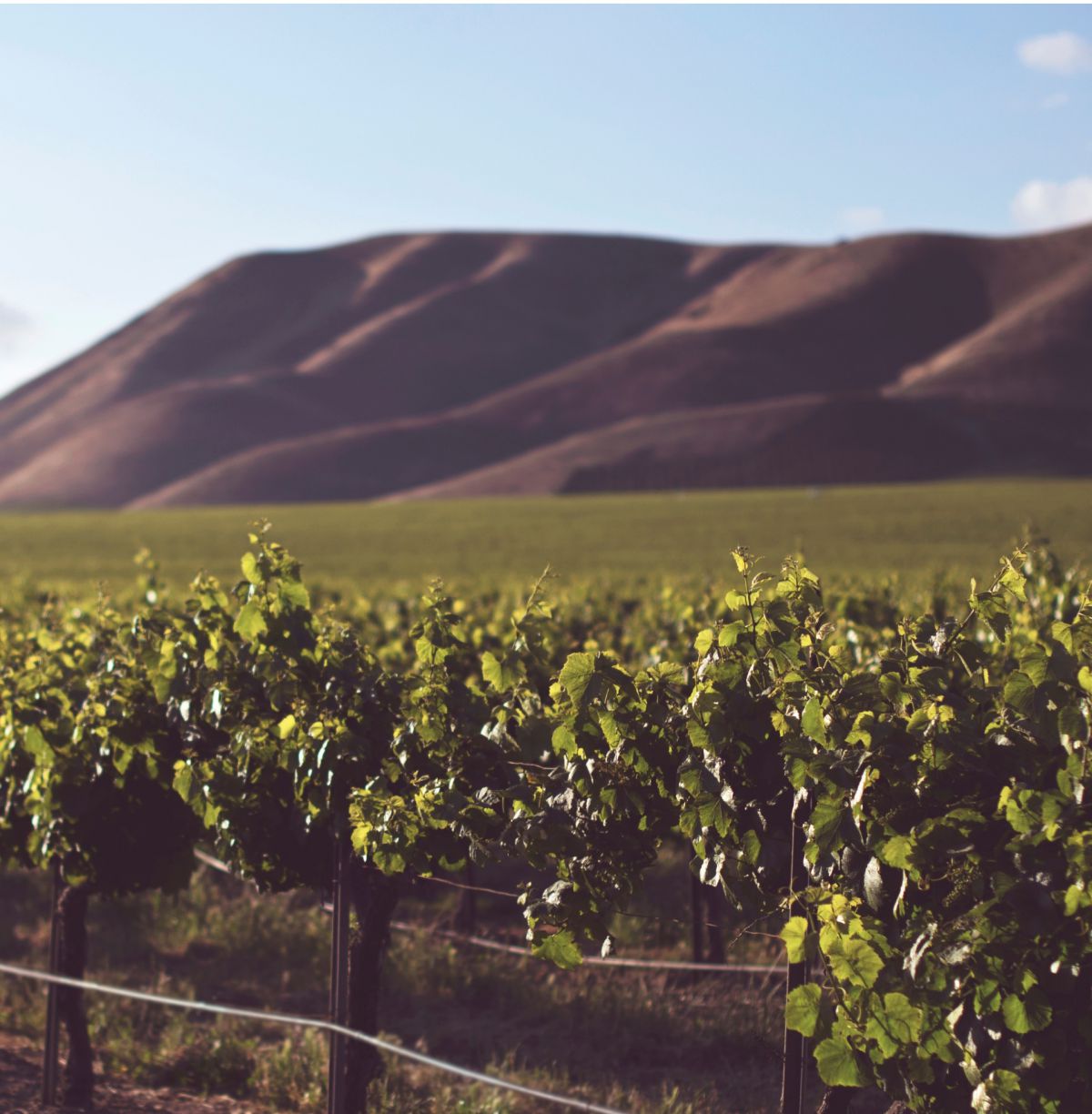Wine tasting is about exploring and expressing your preferences
A greater understanding of wine can and will enhance your enjoyment of the product. The essence of wine lies predominantly in its colour, aroma, and flavour. It is the diversity of these attributes that has fascinated wine consumers for centuries, while winemakers continually seek new - and rediscover old - techniques to enhance varietal characters. Before starting your tasting session, make sure everything is ready. All details count to make your experience as perfect as possible.

Three steps to taste
1. A noisy or crowded room will make it difficult to concentrate
2. External smells such as colognes and perfumes, kitchen or house-pets smells might alter the wine’s aromas
3. If you can, try to have the appropriate glasses. Their size, shape, cleanness will also have an impact on the wine.
Now that everything is ready, remember that the appreciation of wine can be broken down into three different areas: appearance, smell, and taste. All three are important aspects of every wine’s character, but taste is considered as the most critical as it encompasses both flavour and texture and confirms the wines’ characteristics.
- Look
- Smell
- Taste


